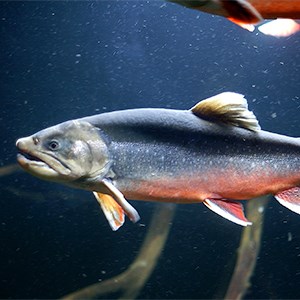Contact
Department of Applied Animal Science and Welfare, Aquaculture
Torbjörn Lundh, Professor
Department of Animal Nutrition and Management, SLU
torbjorn.lundh@slu.se, +46 18-672137

We study the feed properties of the produced yeast biomass, for example the protein and vitamin content. The feed will also be tested in an aquaculture system to study its physiological effects on farmed fish.
The first part of this project are focusing on a combination of traditional growth and digestibility experiments in rainbow trout using different pre conditioned yeast and extrusion factors (during feed manufacturing). Rainbow trout (100-200g) will be grown in our digestibility lab using external feed waste collectors together with terminal sampling of distal intestinal feces.
In the second part of this project, we study underlying mechanisms of the observed changes in blood values in order to mitigate metabolic effects and thereby ensure the welfare of the fish. This is done in the fish physiology lab at SLU.
In the third part of this project, we study changes in gut microbiota of the fish in relation to diet inclusion by using bacterial rRNA gene sequencing. Thereafter, we will focus on food safety aspects based on the previous Formas project MicroFeed and the ongoing Formas project FRESH. This includes measuring known metabolites in the fish fillet using metabolomics, detection of pathogenic contaminants by molecular methods.
Torbjörn Lundh, Professor
Department of Animal Nutrition and Management, SLU
torbjorn.lundh@slu.se, +46 18-672137